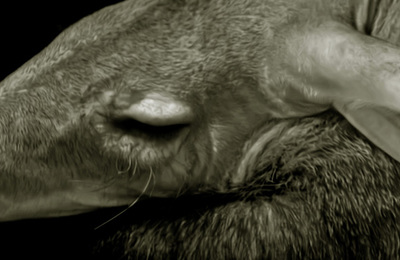
Aardvark
Aardvark means 'earth-pig' in Afrikaans. They are very secretive animals so very little is known about their way of life.
Animals are multicellular, organisms of the kingdom Animalia (also called Metazoa). Their body plan eventually becomes fixed as they develop, although some undergo a process of metamorphosis later on in their lives. Most animals are motile, meaning they can move spontaneously and independently. All animals must ingest other organisms or their products for sustenance.
Here you will find a huge collection of resources and factsheets all about ANIMALS!
Image by: Matt MacGillivray

Aardvark means 'earth-pig' in Afrikaans. They are very secretive animals so very little is known about their way of life.
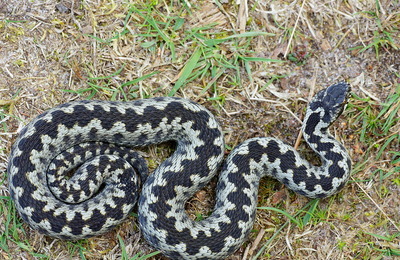
One of our three native snakes, the adder is the UK’s only venomous snake. However, they are not aggressive and no one has died from an adder bite...

Children will enjoy learning about plants and animals in this unfamiliar habitat. As always, this lesson plan is accompanied by a Powerpoint presen...
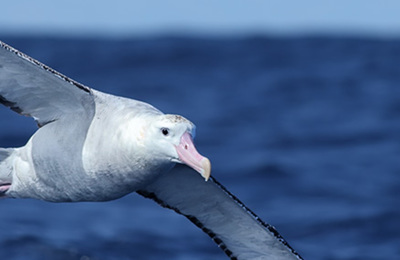
The wandering albatross has the largest wingspan of any bird and is perhaps the most magnificent of all twelve species of albatross.

Amphibians are vertebrates (animals with backbones) which are able, when adult, to live both in water and on land.
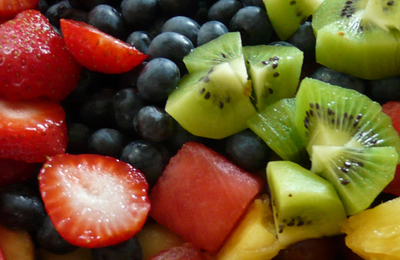
Lessons plans include resources such as an animal sorting activity and crossword. Accompanied by a PowerPoint presentation, which contains some gre...
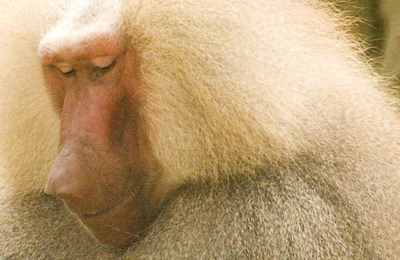
This suite of five lessons, together with an accompanying PowerPoint presentation, covers aspects of the National Curriculum at Key Stage 1, but wo...
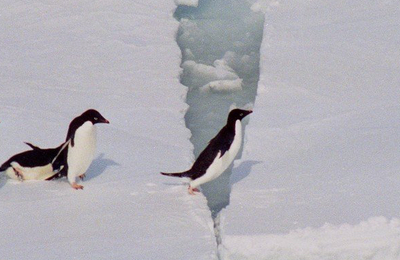
The Commission for the Conservation of Antarctic Marine Living Resources (CCAMLR) agreed to designate the Ross Sea as an MPA at a meeting held in H...
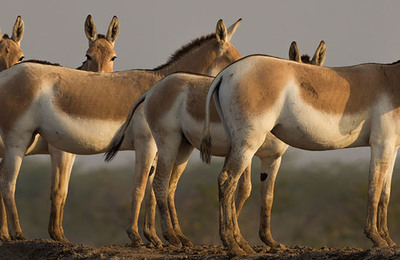
Asses live in desert or semi-desert areas, steppeland (grassy plains) and mountainous regions. They prefer hilly areas but will come down into the ...

About 50 million years ago Australia was joined to a giant landmass called Gondwanaland but it then became separated and it is its isolation that h...
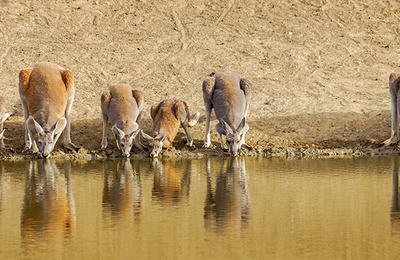
Kangaroos, crocodiles, anteaters and kookaburras.

Badgers are iconic countryside mammals widespread throught UK, Ireland and parts of Europe
We discover a badger sett while on a walk in a local wood. We find out all about how and where badgers live, what they eat and why they are so dif...

The common long-eared bat is the second most common bat in the UK and is a highly agile hunter, using its unusually large ears to listen for prey.
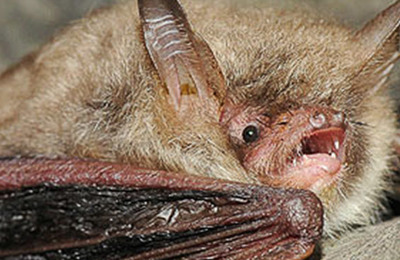
Like all species of bat in Britain, the Natterer's bat is less common than it used to be. The reason for its decline is that its food and shelter h...

The pipistrelle is the smallest and most common of Britain's 18 species of bat. It belongs to the Vespertilionidae family of bats, known as ordinar...

Bats are quite remarkable animals worthy of our interest and respect. They are the only mammals capable of controlled flight - and their aerobatic ...

Grizzly bears are a North American subspecies of Brown Bear now found wild only in Canada and Alaska and in parks and reserves in Montana, Idaho, W...

With around 250 species of bee living here in the UK, these key pollinators make a huge impact on our lives - even if we don't always realise it! ...
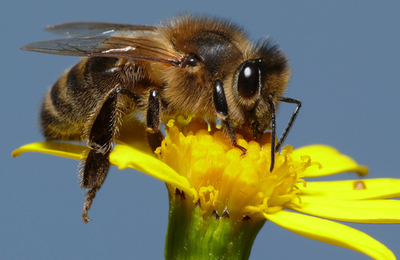
An assembly on bees for use in primary schools.
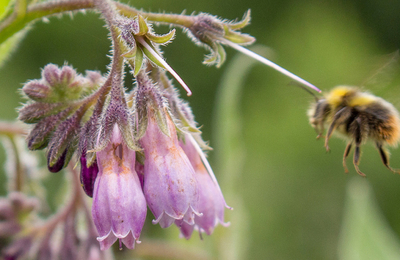
This brand new suite of 6 lesson plans is aimed at Key Stage 2, but is readily adaptable for Key Stages 1 and 3. Along with a PowerPoint presentati...

The stag beetle is Britain's largest insect and one of the most well-known of all the beetles. The male is easily recognised because of his mouthpa...

Biodiversity describes the whole range of the different varieties of living things and systems on this earth, including animal species, plant speci...
The great tit, a bird that can be found all over the UK, is one of the birds affected. Male great tits sing songs to attract females to breed with...
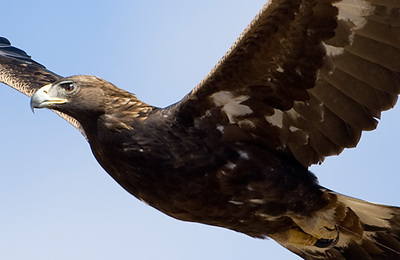
Some lovely birds
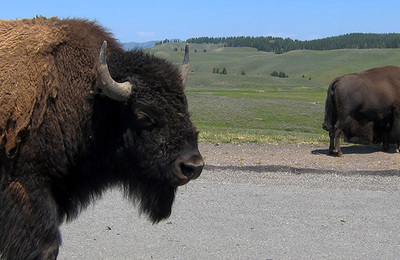
There are only about 500,000 bison alive today, of these, only about 11,250 are classed as truly 'wild'. The rest are mainly on ranches or in mana...

Although the blue tit is mainly a woodland bird it is one of our best-known garden birds.

The wild boar lives in a family party that has a territory of 10 - 20 sq km but in the autumn, family groups come together to form herds of up to 5...
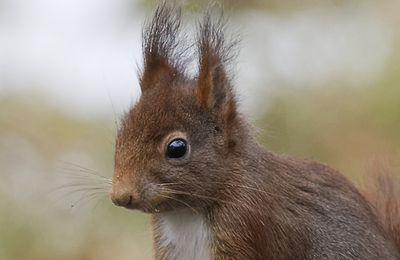
Britain's wildlife has a troubled past, how can we help protect wildlife for the future?
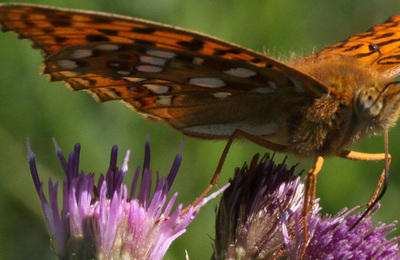
Many once common British butterflies have become scarce or even extinct in recent times.
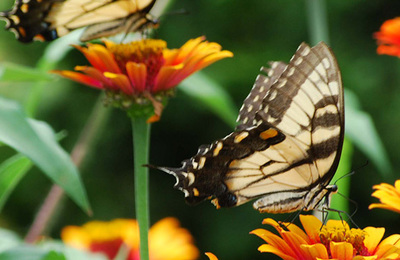
The swallowtail is Britain's largest and most exotic butterfly. Its name refers to the extensions on the hind-wings which look rather like a swallo...
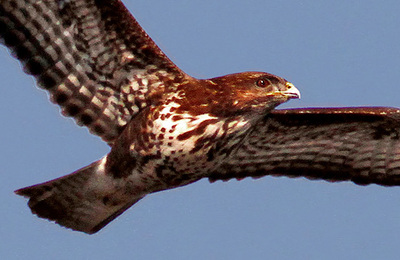
The buzzard is the most common of Britain's larger birds of prey.

At YPTE, we would like to start giving young people the chance to have their voices heard about environmental issues. So from now on, we'll be pub...
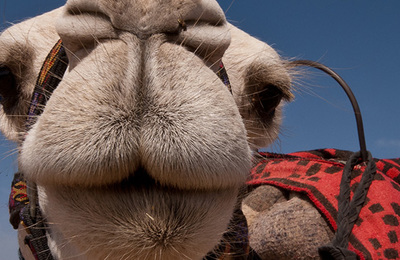
There are six members of the family Camelidae. Two of these are 'true' camels; one living in Asia and the other in Arabia and North Africa. The oth...
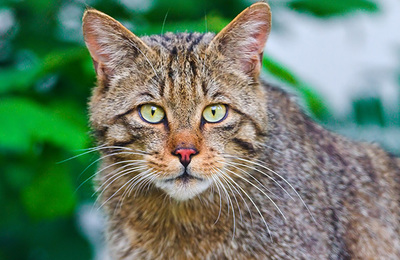
The wild cat was once common over most of the British Isles, but it is now only found in Scotland and is under threat with an estimated 400 individ...
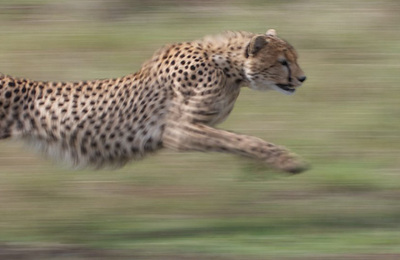
Leopards, jaguars, snow leopards, pumas, lions, tigers and cheetahs are some of the largest members of the cat family. Find out more about them her...

Which big cats can be found in South America?
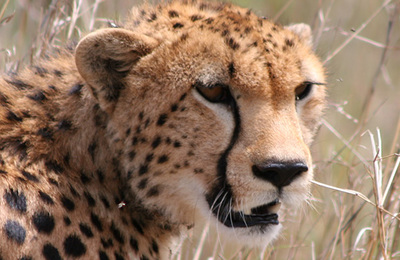
The cheetah is best known for its reputation as the fastest land animal over short distances - up to 70 mph.
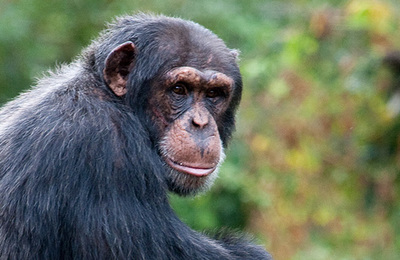
Human and chimpanzee DNA is very similar, they are humans' closest living relative.

This factsheet takes a look at some of the challenges that animals might have to face in the future. How does climate change affect them?
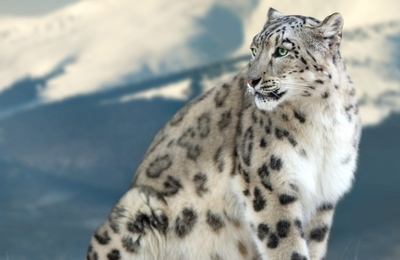
The study, published in Nature Climate Change cited examples 49 of climate-driven conflicts occurring among all wildlife groups, on every continent...

This suite of lesson plans explores the continent of Antarctica. Designed to be used alongside the Powerpoint presentation, packed full of stunnin...
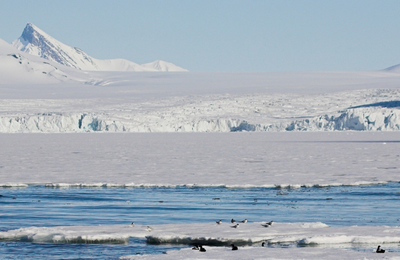
This set of lesson plans explores the Arctic - one of the coldest regions on our planet. The accompanying Powerpoint presentation brings the Arcti...
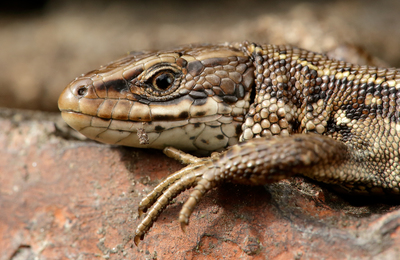
As its name suggests, the common lizard is the most common reptile in the UK and is Ireland’s only native reptile.
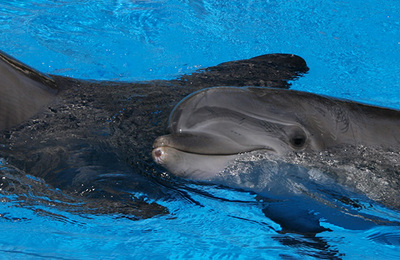
Although they may not communicate with words in the same way that humans do, many animals have developed different ways of 'speaking' to each other...
Spiders - aaaarrrggh! Slugs - yuk! Wasps - ouch! This is many people’s first reaction to the sight or mention of many of our minibeasts. The word ‘...
If you went down to the woods today, would you go in disguise expecting to find bears? What animals do you think you really would find? Perhaps a s...
Aaah, the sounds of summer.... sizzling barbeques, squealing children splashing in paddling pools, a distant lawn mower and the song of the inexhau...
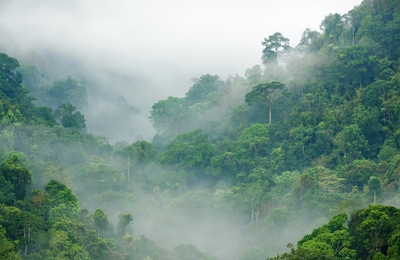
Imagine that you’re in a thick, dark forest. It’s very hot and sticky and the sweat soaks your t-shirt. You can hear the sound of wild animals all ...

Cormorants are members of the pelican family.
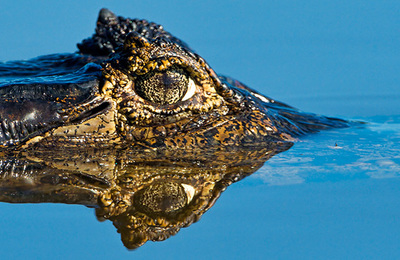
Crocodilians are the closest surviving relatives of the great dinosaurs. They have changed very little during the 150 million years that they have ...
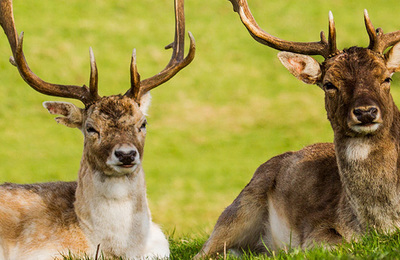
The fallow deer was introduced into Britain by the Normans and wild herds have lived for centuries in ancient forests such as the New Forest, Eppin...
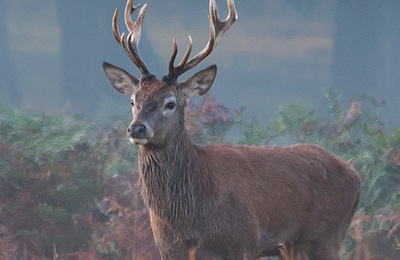
The red deer is Britain's largest land mammal. Although native to Britain, it is also found in southern Scandinavia, Turkey and as far as China and...
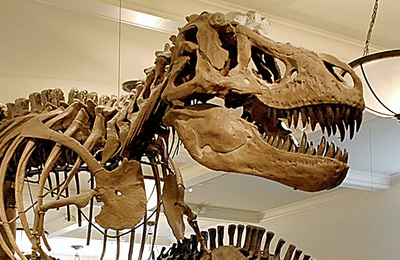
Dinosaurs are a group of reptiles that dominated the land for over 140 million years during the Mesozoic era, a period of time which extended from ...
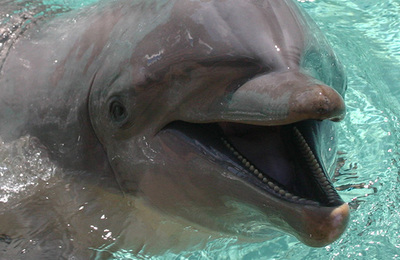
the bottle nose dolphin is one of the most well-loved mammals on the planet.

Many kinds of dolphins and porpoises are sociable animals and live in schools varying in size from a small family group to around 1,000 individuals...
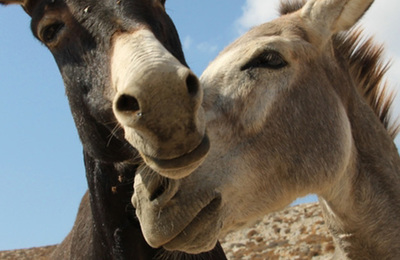
The donkey is a descendant of the African wild ass, which is now rare in the wild and found in only a few remote parts of north-eastern Africa.
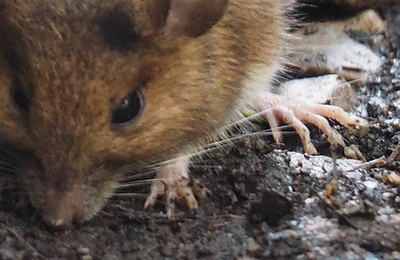
The word dormouse comes from the French word 'dormir' - to sleep. The dormouse is one of the most attractive of Britain's small mammals.

Dragonflies are fast-flying, four-winged insects with long bodies and enormous eyes. The adult dragonfly has the biggest eyes in the insect world a...

The golden eagle is one of the largest and most impressive of British birds, especially when seen soaring over a Highland glen or searching for pre...
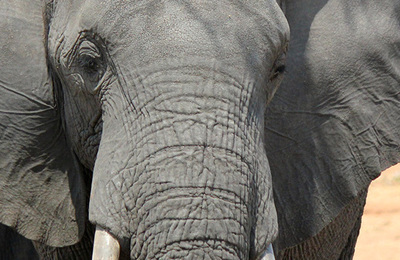
The african Elephant is the largest land mammal.
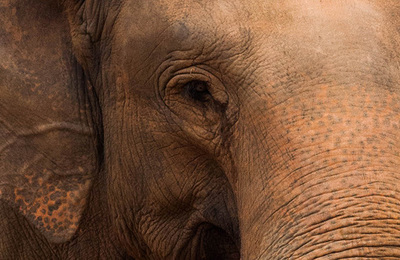
Elephants are good swimmers despite their size, and use their trunks as snorkels. They love water and bathe frequently.

Endangered means to be under threat or near extinction. When a species/animal is endangered it means that they are disappearing fast or have a ver...
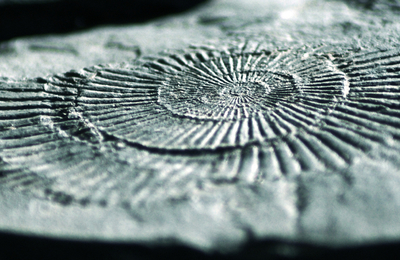
This set of lesson plans covers the topic of Evolution and inheritance for the Year 6 Science Curriculum. It helps to simplify this challenging to...
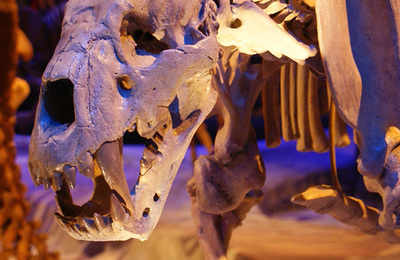
A species becomes extinct when its death rate is continually greater than its birthrate.
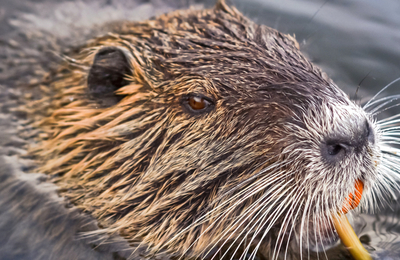
The last beavers were hunted out of existence in England over 400 years ago, both because their furry, water-resistant pelts made great hats and co...
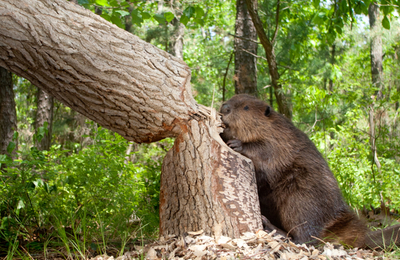
After introducing food chains and food webs, this suite of four lessons looks at ecosystems, focussing on the species that can completely alter an ...
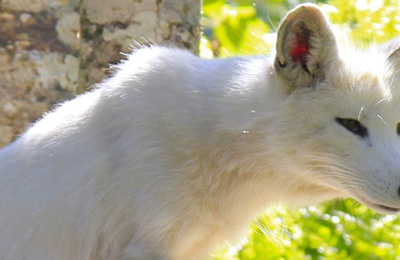
The arctic fox is the main predator in the arctic feeding on birds, small mammals, including seal pups, and carcasses left behind by polar bears.

The fennec is one of the smallest of all foxes, but it has the largest ears. Its head and body measure 35-41cm, and ears measure 15cm.
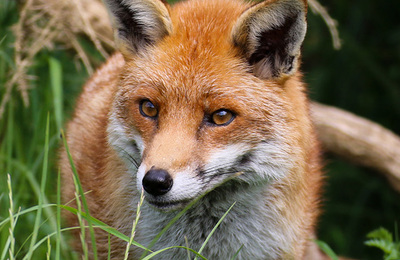
The red fox is the most widespread and numerous predator in Britain.
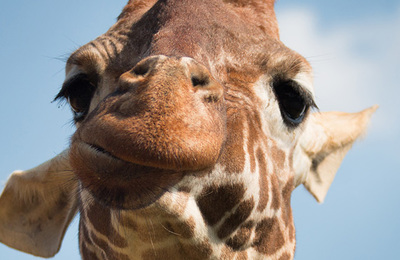
Giraffes are sociable creatures, but do not form herds. Instead, they meet in groups each day, but the composition of a group changes from day to d...
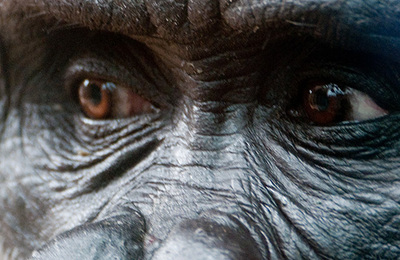
Largest of the four great apes, the gorilla is a shy, gentle, peaceful animal.
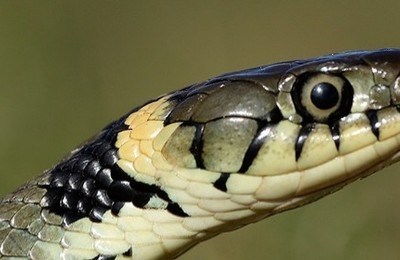
Grass snakes are non-venomous and are normally found near water. They feed on a wide-ranging diet, but prefer amphibians when they can catch them.
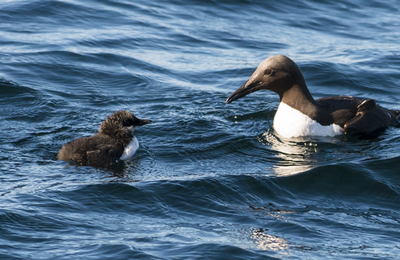
The Guillemot is penguin-like in appearance; slim, pointed bill, dark brown head and upperparts, white underparts.

The well-known yodelling call of the herring gull conjures up pictures of the seaside perhaps more than any other sound.
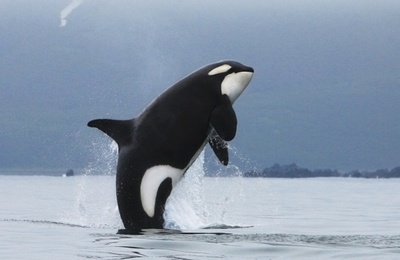
PCBs were widely used from the 1930s onwards in electrical coolants and insulators, carbonless copy paper etc., but we have known for around 50 yea...
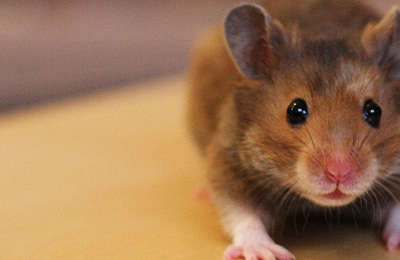
Did you know that Hamsters aren't only found in pet shops?

The brown hare is a larger, more athletic relative of the rabbit. It is able to adapt to a variety of habitats and so is one of the most widely dis...
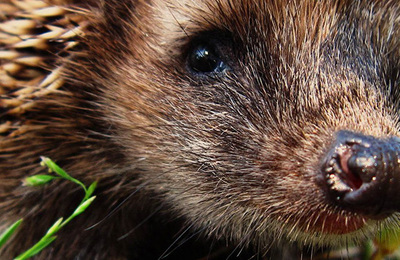
The hedgehog is one of the most easily recognised of British mammals yet they are steadily disappearing from the wild.
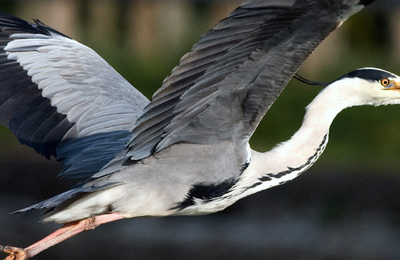
Except when they are breeding, herons spend much of their time alone, feeding in damp places or wading in water.
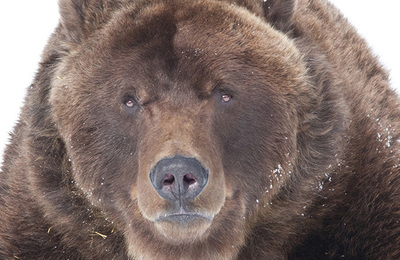
For many animals, finding enough food in winter can be difficult, because their main source of food such as insects or green plants is in short sup...

The common hippopotamus name means 'river horse' and the hippo spends most of its time in water.
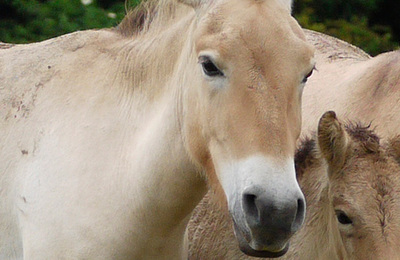
Przewalski's horse (pronounced 'ji-vaal-ski') is the only truly wild horse left in the world. It is believed that it has changed very little since ...
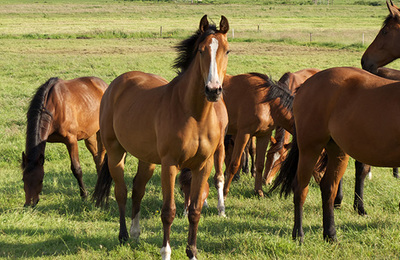
Domesticated by humans over 3,500 years ago, the modern horse has long been inextricably linked with human progress.
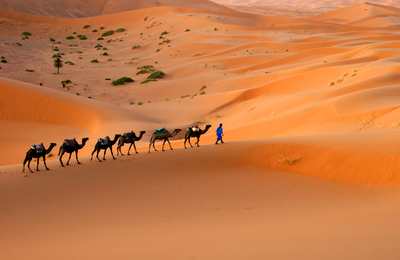
This suite of lesson plans explores the Sahara - the largest hot desert on Earth. It also looks at the spread of the Sahara into the Sahel and the...
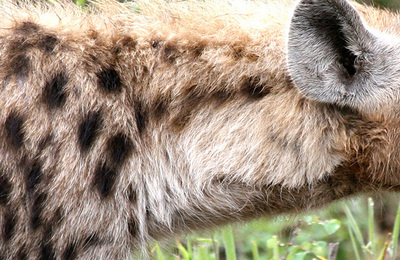
Although somewhat dog-like in appearance, the hyaenas are placed in a family of their own and are more closely related to cats than dogs!
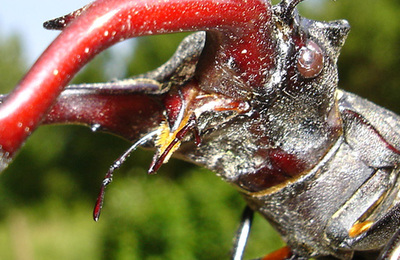
You are only a few steps away from an amazing environmental adventure... Where? In your own back garden! Just check out some of these beasties.

Better Planet Schools is an online environmental education programme, created by the Young People's Trust for the Environment to engage children an...

Jackals are true members of the dog family and can actually interbreed with both domestic dogs and wolves.
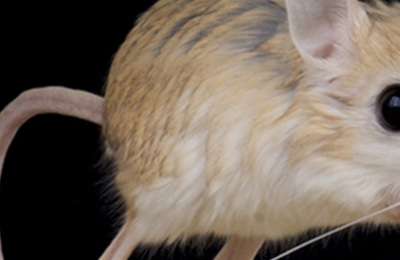
The Jerboa family is a very interesting group of rodents which have adapted themselves to living in both hot and cold deserts.
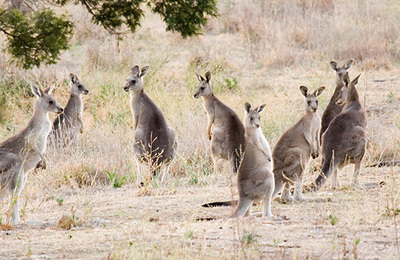
The grey kangaroo, sometimes known as the great grey, is one of the best-known of all kangaroo species, along with the similar-sized red kangaroo. ...
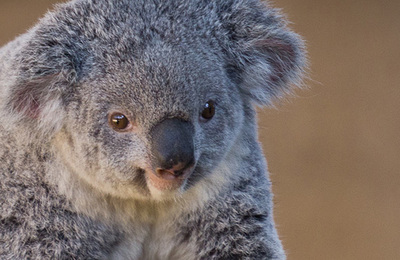
The koala is perhaps the best-loved of all Australia's marsupial, or pouched, mammals. Although it is rather bear-like in appearance, its nearest r...
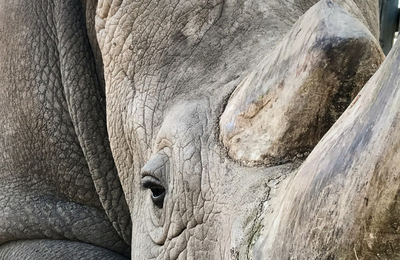
He was living at the Ol Pejeta Conservancy in Kenya, and was put to sleep by vets there after the pain from a degenerative illness he was suffering...
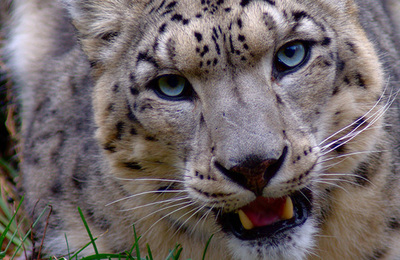
The snow leopard is related to the common leopard of Africa and Asia, but because its way of life and general appearance are so different it is reg...

A lion is a large, powerful carnivore and was once common in Asia and parts of Europe as well as in Africa. This impressive member of the big cat f...
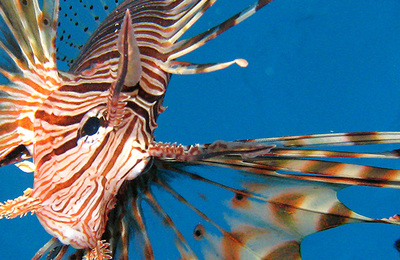
This flamboyant fish is beautiful with it's frilly fins and hypnotic stripes but don't be fooled by it's looks - it is trying to tell you to stay a...
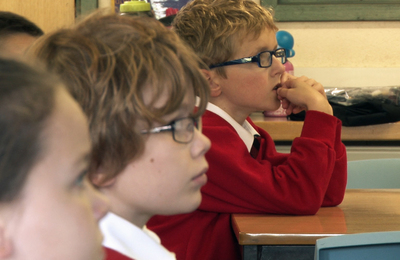
The school talks service is available in person for schools within a 30-mile radius of our office in Yeovil OR on Zoom, Teams etc. for schools anyw...
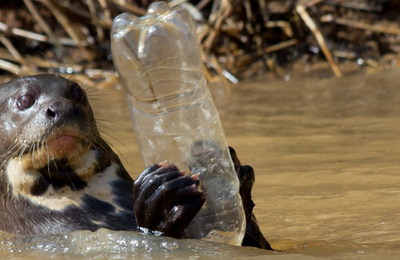
This suite of lesson plans includes a wide range of suggested activities and printable resources. It is backed by a Powerpoint presentation, which...
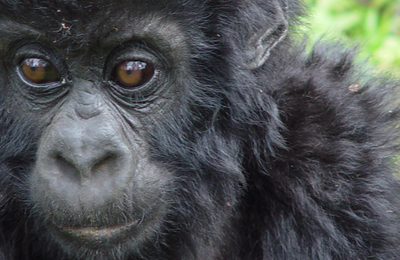
This suite of lesson plans and accompanying PowerPoint presentation includes a range of suggested activities, resources and explanations of key ter...
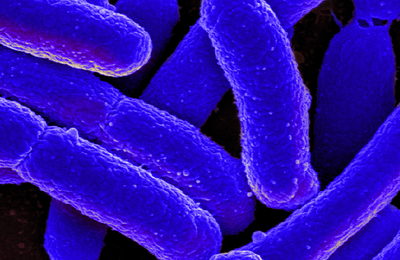
This suite of five lessons covers the topic of Classification for the Year 6 Science Curriculum and includes lots of learning activities, resources...

The curriculum encourages children to use the local environment to explore plants and animals in their habitat. This suite of lesson plans and acco...
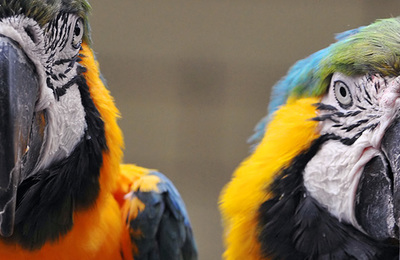
Macaws are members of the parrot family which has 340 species. 17 different species of Macaw are found in the rainforests of South America. Many o...

There are 4 species of Manatee, one in West Africa, one in the Caribbean from the south-eastern United States to northern South America and one in ...
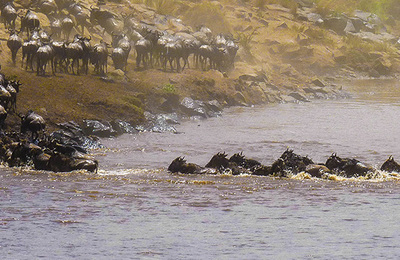
Animals do many different and amazing things. Some of them ‘migrate’. This means they travel to other places where the weather is warmer or they ca...
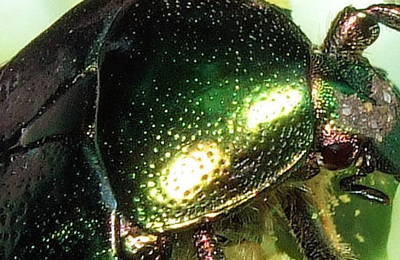
Quite literally, a ‘minibeast’ is simply a small animal. Spiders, snails, slugs, beetles, centipedes, worms, earwigs, caterpillars are just a few.
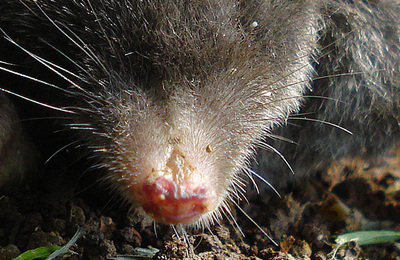
The mole is not seen very often. The heaps of soil (molehills) which it makes whilst tunnelling gives its presence away. In medieval times it was c...
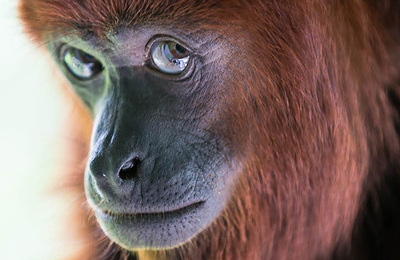
Red howler monkeys are thought to be one of the noisiest land animals on the planet!
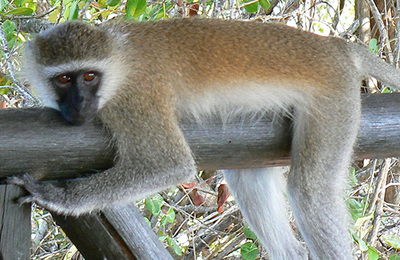
Vervet monkeys have long arms and legs which allow them to move at speed on the ground.
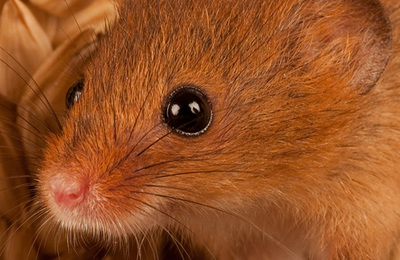
The harvest mouse is the smallest rodent in Britain and weighs less than a 2 pence coin!

The wood mouse, also known as the long-tailed field mouse, though rarely seen as it is nocturnal, is probably Britain's most numerous mammal.
YPTE has today released a suite of lesson plans on wildlife in your local area, which are to be used in conjunction with a presentation filled with...

The three extended lessons cover the differences in life cycles of mammals, amphibians, insects and birds; how animals reproduce; and how the work ...
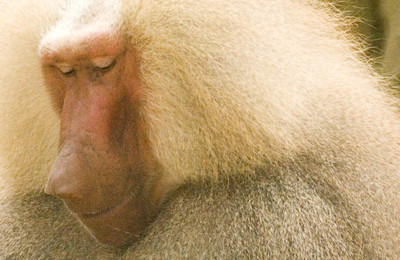
This suite of five lessons on animals covers aspects of the National Curriculum at Key Stage 1, but would be of interest to older children too. It...
In a strange way, I see the giant panda as a kind of anti-dodo. Whereas dodos seemingly delivered themselves willingly to death and ultimately ext...

Snails and slugs are distant relatives of the octopus, a creature that is so intelligent it is the only invertebrate that is recognised as sentient...
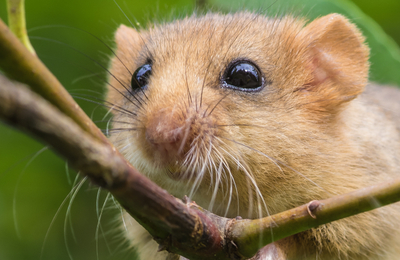
Climate change and intensive farming methods were cited in the report as the main causes of nature loss. Only a fifth of farm land was found to be...
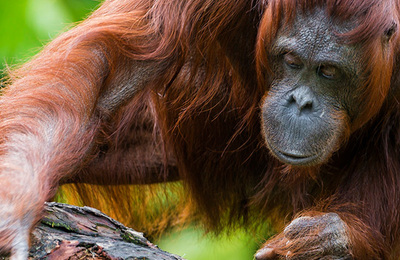
'Orang' and 'utan' are the Malay words meaning 'person' and 'forest'; the orangutan is literally a 'person of the forest'.
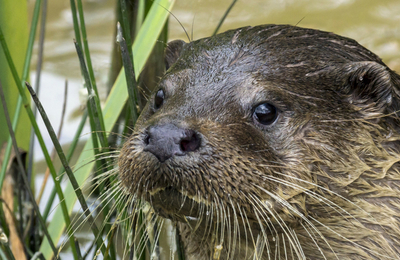
Otters are mainly nocturnal and hunt in open, marshy places, rivers, lakes, seashores and estuaries
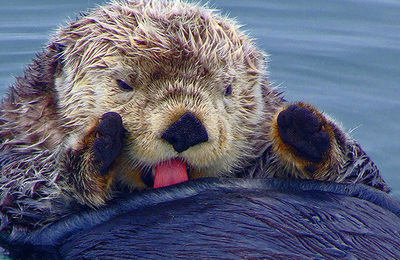
The sea otter is an almost exclusively marine animal, spending little time ashore. Its fur is thick and glossy and ranges in colour from black to d...

It is sobering to consider that nearly 90% of the world's marine fish stocks are now fully exploited, overexploited or depleted, and there is no do...

Of the five species of owl which breed in Britain the barn owl is becoming much less common generally - and in some places, rare. A recent report s...
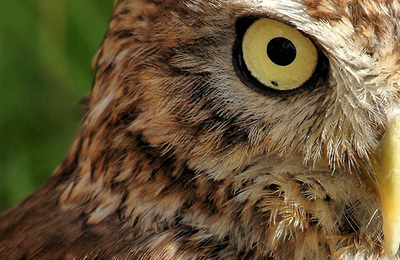
The little owl was introduced to Britain in the 19th century it was then known as the 'fierce little foreigner'. As its Latin name implies, in myth...
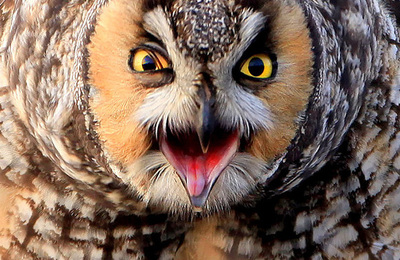
The long-eared owl may be found in many areas of Britain and Ireland, but it is not common and, being nocturnal, it is rarely seen.

The short-eared owl is a widespread species, found in many countries.
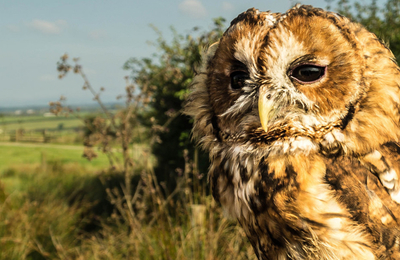
The tawny owl is nocturnal and therefore not often seen during daylight. Its familiar hooting 'hoo hoo - hoohoo' call is usually heard at night; a ...
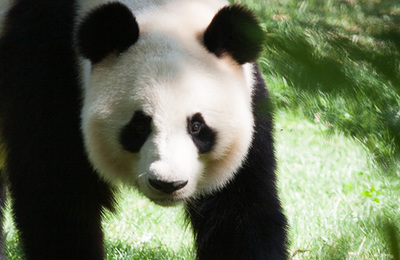
This endangered species is one of the most well-known and well-loved in the world.

Emperor penguins are very sociable creatures and live in colonies of anything from five hundred to twenty thousand pairs of penguins. It is very ra...

Penguins are flightless sea - birds with short tails and paddle-like wings. The plumage is very dense and covers the whole of the body. The legs ar...
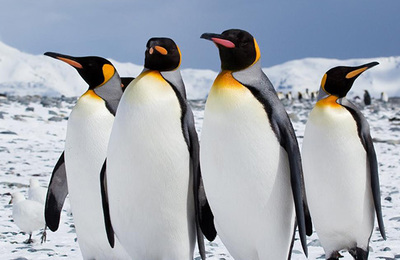
Just check out these happy feet! Image credit: Antarctica Bound
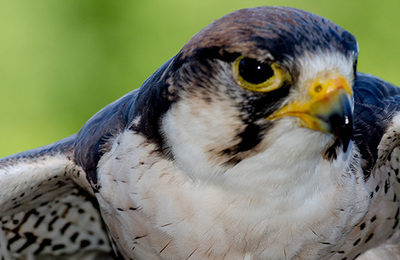
The peregrine falcon is the largest British falcon and perhaps the most impressive hunter of them all.
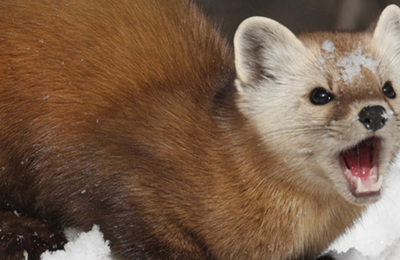
The pine marten is a carnivorous, arboreal (tree-living) member of the weasel family. It was once widespread in Britain but now it is rare.
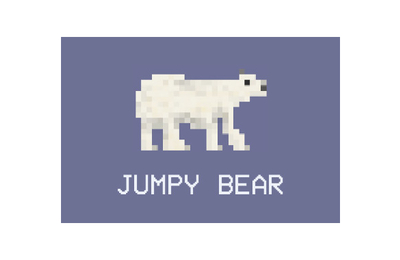
In this game, you need to help Peter cross the ice in the hunt for food! There's a slight problem. Although real polar bears can swim a long way - ...
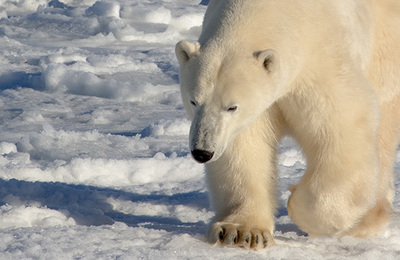
The polar bear is the world's largest land carnivore and one of the largest of the bear family.
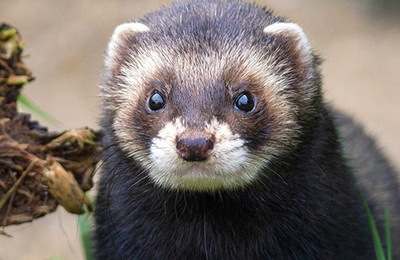
The polecat used to be called a 'foul mart' because of its strong smell. The name polecat is said to be from the French poule chat,'the chicken cat...
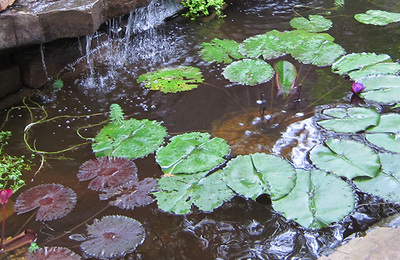
A pond is a small area of still, fresh water. It is different from a river or a stream because it does not have moving water and it differs from a ...

The puffin's distinctive bill has given it the nicknames of 'sea parrot' and 'bottle nose'. Although it looks a bit like a penguin or a parrot, it ...
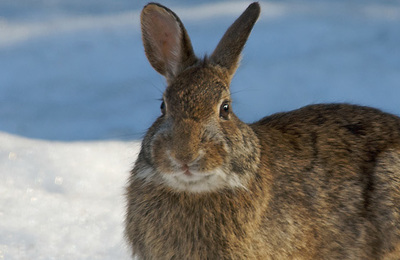
Rabbits are sociable animals and live in colonies in burrow systems known as warrens.
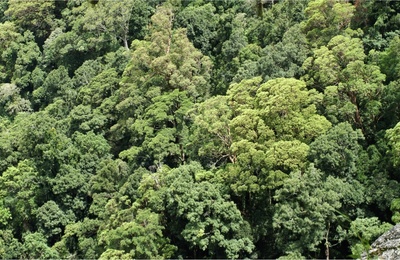
This set of lesson plans looks at rainforests, with particular focus on the Amazon. Lesson plans are brought to life by the stunning images in the...
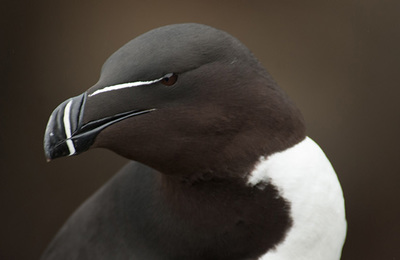
Razorbills belong to the auk family, along with guillemots and puffins. The razorbill is well-named because the edges of its hooked upper beak are ...
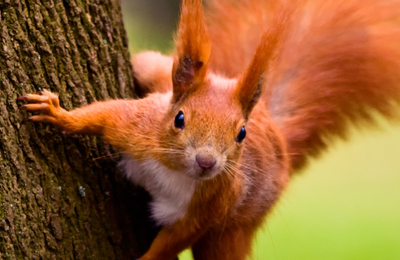
Photo right: grey squirrel by Alexander Law But they also damaged native trees like oak and beech by stripping their bark and that damage now am...
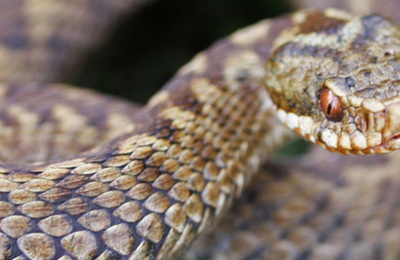
Of the four living groups of reptiles, only one, the snakes and lizards is represented in Britain. Reptiles bodies are covered with scales. Lizards...
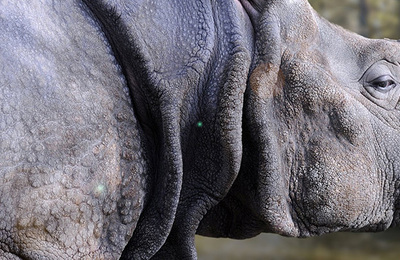
The name 'rhinoceros' comes from ancient Greek and means 'horned nose'. There are only 5 species of rhino left making them one of the most endanger...
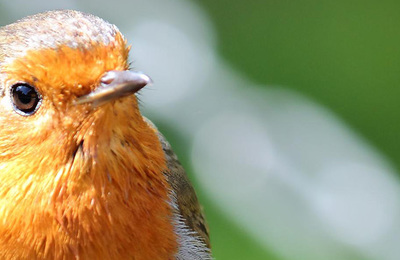
The robin is a popular visitor to gardens and is well-known for its tameness. In the winter they will regularly visit a bird-table to eat kitchen s...

Sand lizards are among the UK's rarest reptiles. They are the only egg-laying lizard species in the UK.
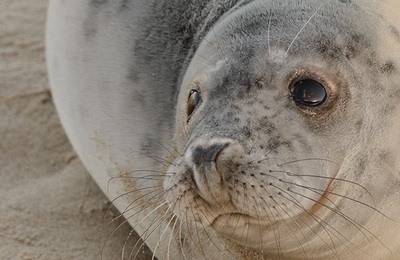
The grey seal is Britain's largest native seal species, being bigger (and slightly confusingly more numerous) than the common or harbour seal. Its ...
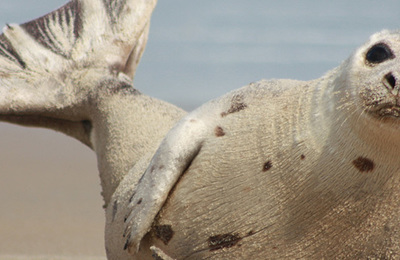
The Harp seal can be found in both coastal waters or on pack ice, from the Gulf of St. Lawrence and across the Arctic to Siberia.
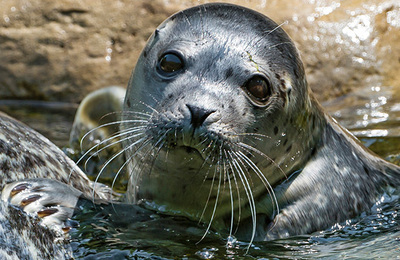
The leopard seal is so-called because of its spotted markings and leopard-like ferocity. They live mainly in the sea and on the pack ice around the...

A rocky shore consists of rocky ledges with pools of salty water, boulders and pebbles. Living in this habitat is a community of hardy plants and ...
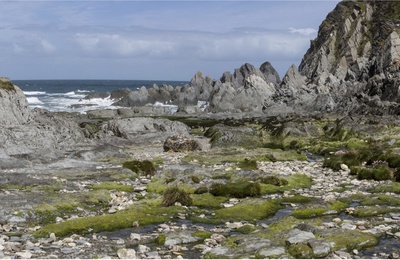
For the study of a less familiar habitat, the rocky shore is perfect. This lesson plan enables detailed study from the classroom and is accompanied...

Like its larger relative, the Cormorant, the shag is a member of the pelican family. It spends more time on the coasts and out at sea than the Corm...
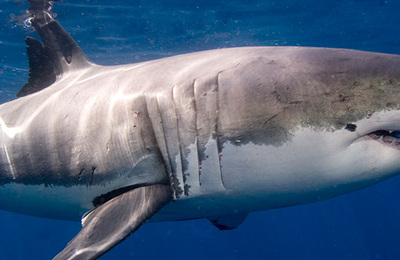
The great white shark has long had a reputation as a fearsome 'man-eater' and is probably the most feared of all animals that live in the oceans.

The common shrew is one of Britain's smallest mammals and is closely related to the mole and hedgehog.
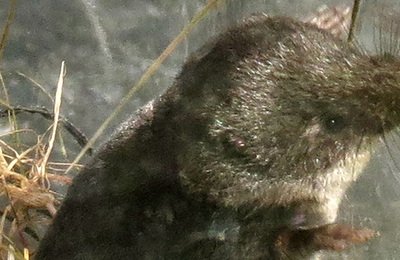
The water shrew is the largest of the five species of British shrews and like all shrews leads a hectic life, busy by day and night on the look-out...
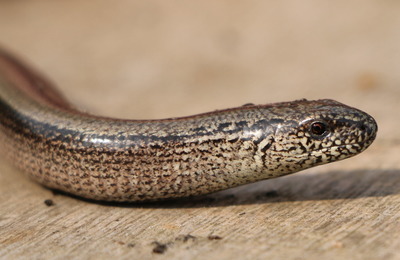
Although it looks a bit like a snake, the slow worm is actually a legless lizard
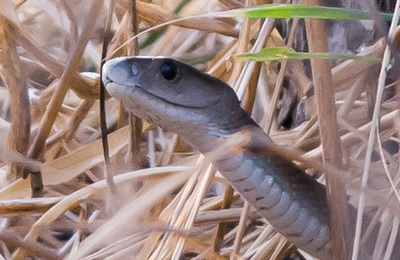
After the king cobra, the black mamba is the longest venomous snake in the world. It is also the fastest-moving snake in the world, reaching up to ...
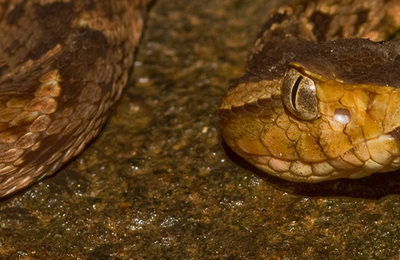
The fer-de-lance's name means 'spearhead' in French. It is the most dangerous snake of Central and South America, and causes more human deaths tha...
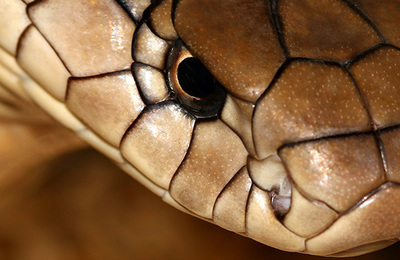
King cobras are active by day and night, but are rarely seen. They hunt by smell, 'tasting' the air with their forked tongues to track their prey.
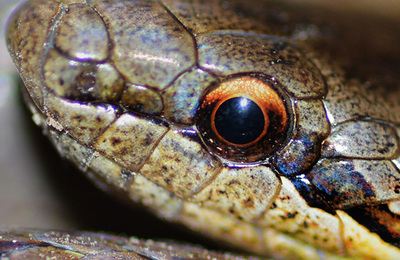
Smooth snakes are extremely rare in this country and you are unlikely to see one. They live only in a few isolated areas of heathland in Southern E...
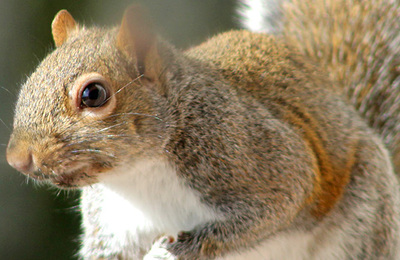
The grey squirrel was introduced to Great Britain in the mid-19th century. There is now an estimated population of over 2.5 million making them muc...
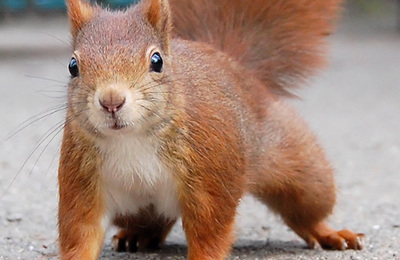
The red squirrel, the original 'Squirrel Nutkin' of Beatrix Potter fame, is one of our favourite British mammals but it is declining in numbers and...

The three-spined stickleback is one of the most familiar fish of Britain's freshwater streams and ponds.
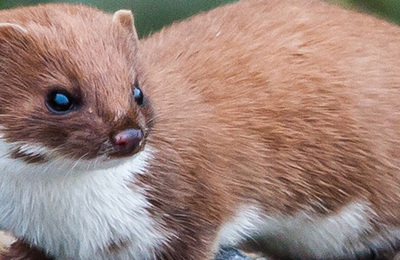
The stoat is sometimes mistaken for its close relative, the weasel, but it is larger and has a distinctive black tip to its tail.

Waitrose has announced that it will stop using disposable coffee cups in its stores by this autumn. From then on, members of its MyWaitrose loyalt...
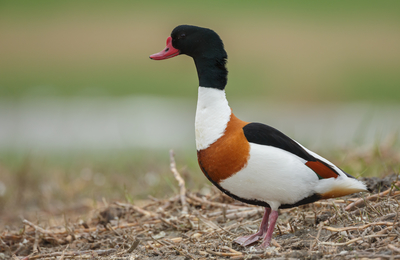
Thanks to support from the Ernest Kleinwort Charitable Trust, we have produced this set of classroom reference guides, for use in Sussex schools. ...

Thanks to support from the Ernest Kleinwort Charitable Trust, we have produced this set of classroom reference guides to the regions of Sussex, for...
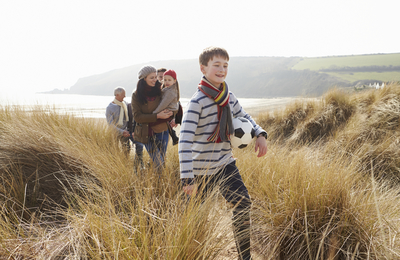
Thanks to support from the Ernest Kleinwort Charitable Trust, we have produced this set of classroom reference guides to the regions of Sussex, for...
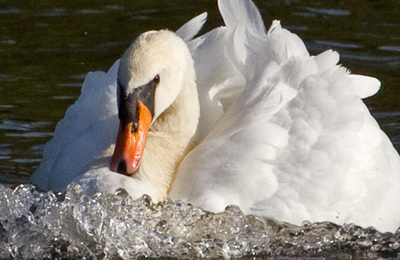
For centuries, mute swans were known as 'birds royal' because only the king or a few specially favoured subjects could keep them. They were often s...
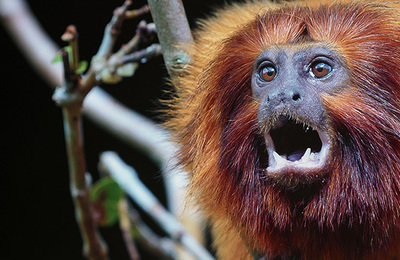
Tamarins and marmosets are the smallest monkeys (primates) in the world. The golden lion tamarin is the largest and related to the golden headed an...
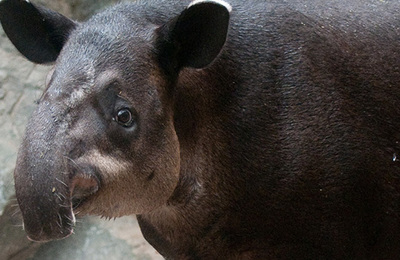
About the size of a shetland pony, the tapir is a rather odd looking animal. Not only has it a long and flexible snout like a short trunk, but it h...
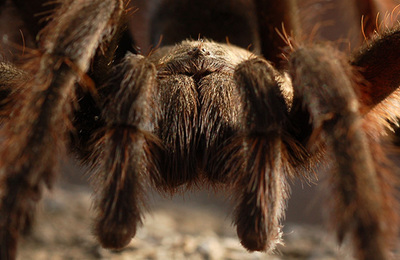
The name tarantula is generally applied to any large, hairy spider, especially to the furry, bird eating spiders of South America.

Way down south!
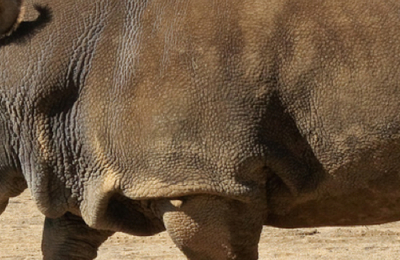
There are now just five of Africa's second largest mammals left on our planet. The northern white rhino now only exists in captivity, with all bei...
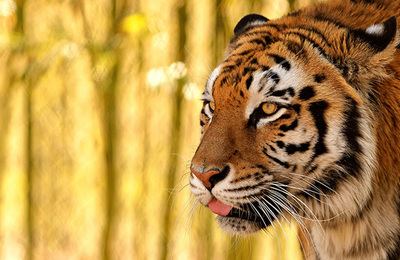
The tiger is the largest member of the cat family. The Bengal tiger is one of the five surviving races of tiger.
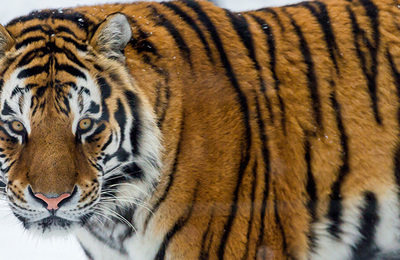
The Siberian tiger is a very rare species of tiger. From an estimated low in 2010 of 360, in May 2015 the Russian Government announced that the Si...
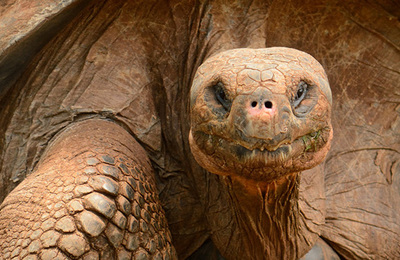
There were originally fifteen different subspecies of Galapagos giant tortoise each evolved to suit the conditions on the different islands.
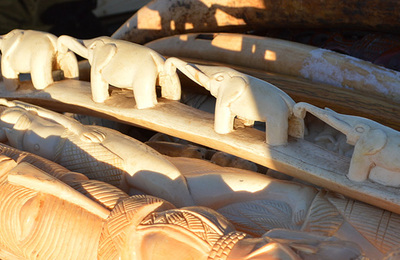
Along with habitat destruction, wildlife crimes such as poaching currently pose the largest threat to the future of some of the world’s most endang...
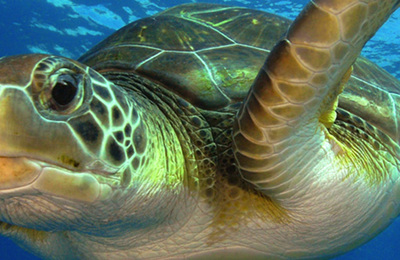
Green Turtles are found in all the warmer oceans and in the Mediterranean. They have thick, heavy, bony shells, covered in plate-like scales.

The field vole is also called the short-tailed vole. It is very similar to the bank vole (Clethrionomys glareolus) but the latter has red-brown fur...
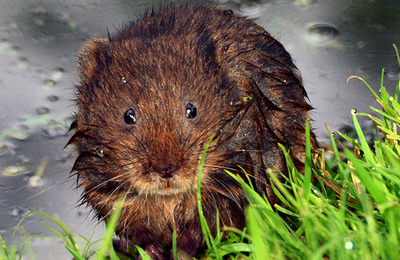
Water voles are often mistakenly called water rats, but they are only distantly related to rats. Water voles have a chubby face with a blunt nose a...
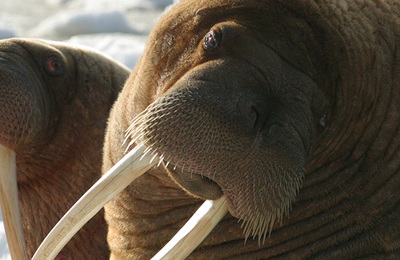
Walruses are found in the sub-zero temperature Arctic seas from Alaska, Canada and Greenland to Russia.
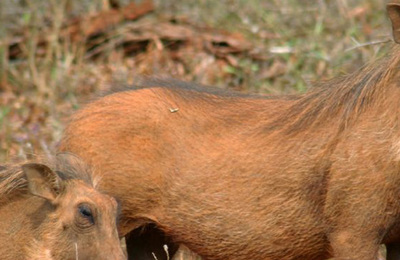
Warthogs are mostly found in central, eastern and southern Africa. Both sexes have the prominent tusks and two warts on either side of the face.
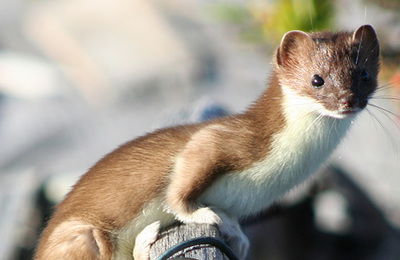
The weasel is Britain's smallest carnivore and belongs to the same family as the stoat and otter. It is a fierce hunter and is usually only spotted...
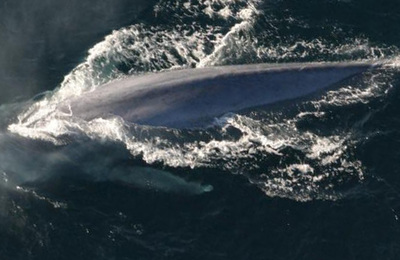
The blue whale is not only the largest living animal but probably the largest creature the world has ever known. One of greatest recorded lengths f...

The humpback whale can reach a maximum length of 17 metres, with the female larger than the male. The size and weight is also impressive. A 15m hum...
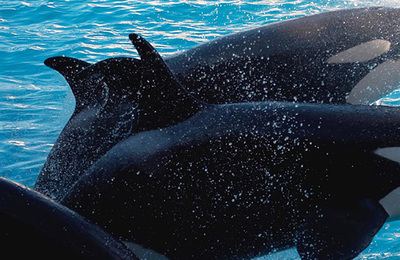
Killer whales are the only whale to prey on other warm-blooded animals. Like wolves, they are pack hunters and will even attack a lame blue whale.
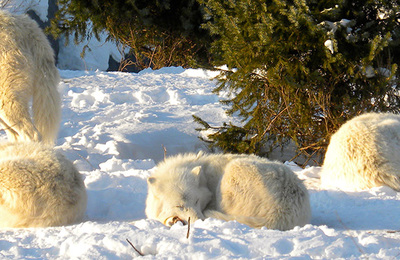
Wolves are the largest wild members of the dog family. They live in packs and have to co-operate in order to survive. The Arctic Wolf is a highly r...
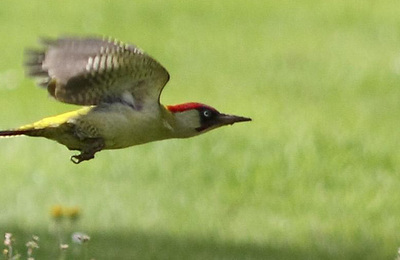
Green woodpeckers are most common in old parkland but will live happily in any habitat that offers a mixture of large old trees and areas of close ...
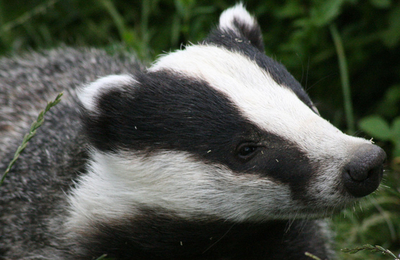
This is the first of our new 'on location' video series. You can see it here! Photo by Sally Longstaff.
Yippittee - Issue 10 - Nature Olympics
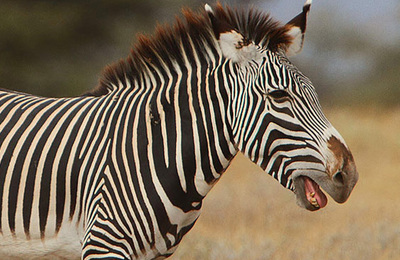
Grevy's zebra is the largest of all the zebras and it is an endangered species.

The subject of the rights or wrongs of zoos can be very emotive with many unbalanced views being put forward by people who have little real knowled...